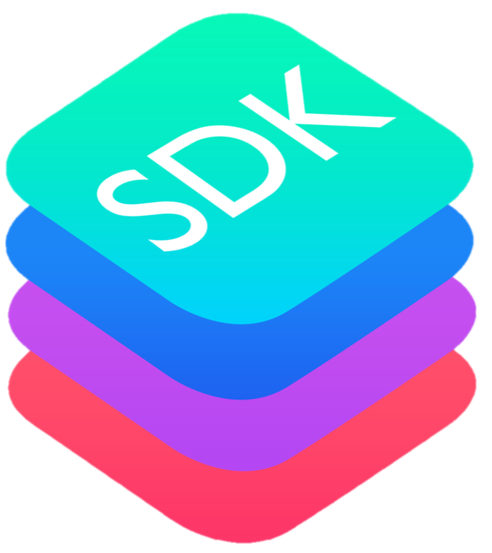
What is the RTDIP SDK?
Real Time Data Ingestion Platform (RTDIP) SDK is a python software development kit built to provide users, data scientists and developers with the ability to interact with components of the Real Time Data Ingestion Platform, including:
- Building, Executing and Deploying Ingestion Pipelines
- Execution of queries on RTDIP data
- Authentication to securely interact with environments and data
Installation
To get started with the RTDIP SDK, follow these installation instructions.
Pipelines
Find out more about RTDIP Ingestion Pipeline Framework and the components here.
Queries
Find out more about querying RTDIP data using built in time series functions here.
Authentication
Find out more about authentication to securely interact with evironments and data here.